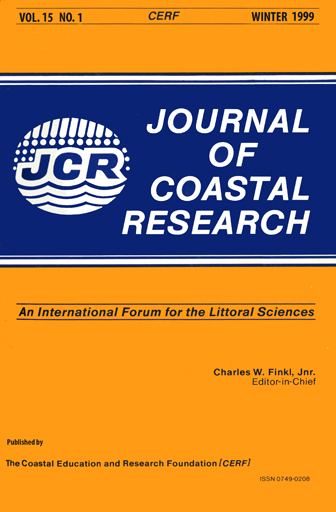Detection of Non-Random Zonation Patterns in Sandy Intertidal Communities
Keywords:
Cluster analysis, gradient analysis, intertidal, non-randomness, randomization, sandy beach, zonation pattern.Abstract
The issue of zonation patterns has historically received special attention from ecologists of rocky and sandy intertidal systems. Nowadays, the quest ion of whether generalizable zonation patterns exist is still a focus of controversy, especially among sandy beach ecologists. Many procedures have been employed to detect zonation patterns, from graphical (kite diagram) to multivariate methods. These traditional techniques are not suitable, since neither of them allow an objective test of the non-randomness of the patterns detected. Determining whether the pattern observed differs from what is expected by chance is very important from the ecological point of view, since it would imply the existence of any underlying deterministic process. In this paper, I advocate the use of two techniques to analyze zonation patterns, randomized cluster analysis and gradient analysis, which solve the objectivity problem. These methods provide the risk (probability) of detecting spurious patterns, i.e., those that do not differ from what is expected by chance. In other words, the statistical significance of the pattern could be tested. I describe the procedures using data from a sandy intertidal system and discuss their attributes and limitations.Downloads
Published
1999-01-09
Issue
Section
Articles


